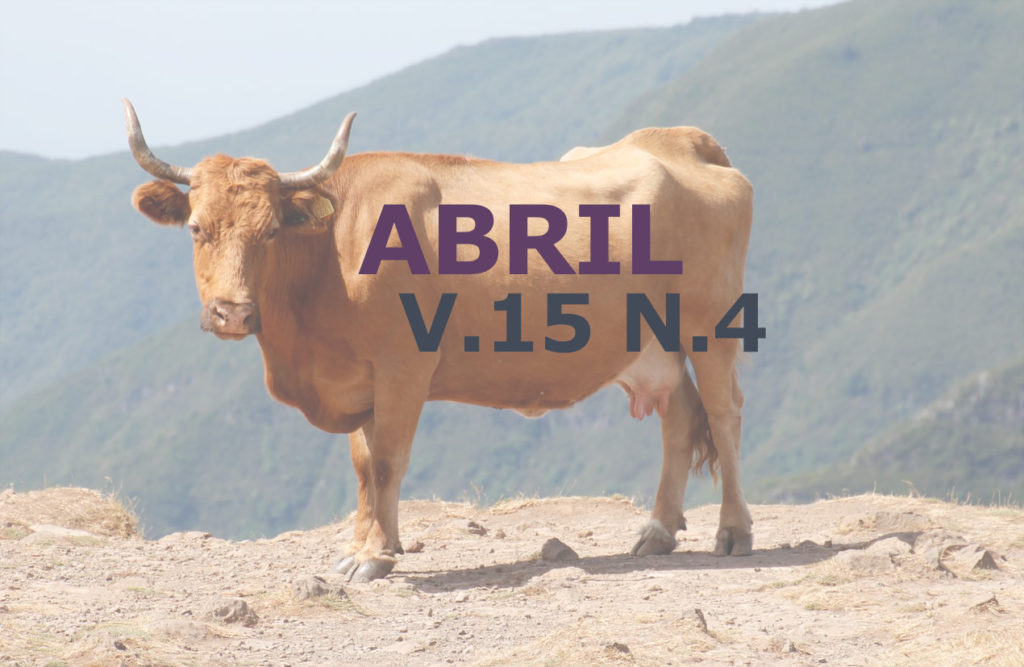In vitro evaluation of the hemolytic activity of clinical and environmental isolates from dermatophyte fungi
DOI:
https://doi.org/10.31533/pubvet.v15n04a786.1-6Keywords:
Dermatophytosis, exoenzymes, geophilic, hemolysin, immunityAbstract
Dermatophytes are keratinolytic fungi responsible for dermatophytosis, a zoonotic superficial mycosis transmitted through direct contact, rarely capable of penetrating deep tissues of immunocompetent individuals. Among the virulence factors of dermatophytes are extracellular enzymes and non-enzymatic factors, such as the production of hemolysins. The objective was to investigate the in vitro capacity of hemolytic activity production by dermatophytes, contributing to the study of the pathogenesis of dermatophytosis and the development of more effective therapies and prophylactic strategies. For the research 32 samples were used among clinical and environmental isolates of dermatophyte fungi, namely: Nannizzia gypsea, Nannizia nana, Microsporum canis, and Trichophyton spp. Environmental fungi were isolated by Vanbreuseghem technique and clinicians from samples sent to the Veterinary Microbiological Diagnosis Laboratory of the Universidade Federal Rural do Rio de Janeiro, being kept in a selective agar for pathogenic fungi, incubated at 28°C for 30 days. The hemolysin production assay was performed on plates with agar supplemented with 5% sheep blood. After inoculation, the samples were incubated at 25°C and, subsequently, at 37°C, being monitored daily. Hemolytic activity was verified macroscopically in the presence of a translucent substrate degradation zone around the colony. At 25°C, approximately 78% of the samples showed positive results for hemolytic activity, and 91% of samples were positive when the temperature of 37°C. The dermatophyte samples have the capacity to produce hemolysins in vitro, which suggests the ability to decrease the cellular immune response of the hosts. In vivo studies are suggested to better understanding these mechanisms.
Downloads
Published
Issue
Section
License
Copyright (c) 2021 Clara de Almeida Mendes, Mário Mendes Bonci, Francisco de Assis Baroni

This work is licensed under a Creative Commons Attribution 4.0 International License.
Você tem o direito de:
Compartilhar — copiar e redistribuir o material em qualquer suporte ou formato
Adaptar — remixar, transformar, e criar a partir do material para qualquer fim, mesmo que comercial.
O licenciante não pode revogar estes direitos desde que você respeite os termos da licença. De acordo com os termos seguintes:
Atribuição
— Você deve dar o crédito apropriado, prover um link para a licença e indicar se mudanças foram feitas. Você deve fazê-lo em qualquer circunstância razoável, mas de nenhuma maneira que sugira que o licenciante apoia você ou o seu uso. Sem restrições adicionais
— Você não pode aplicar termos jurídicos ou medidas de caráter tecnológico que restrinjam legalmente outros de fazerem algo que a licença permita.





